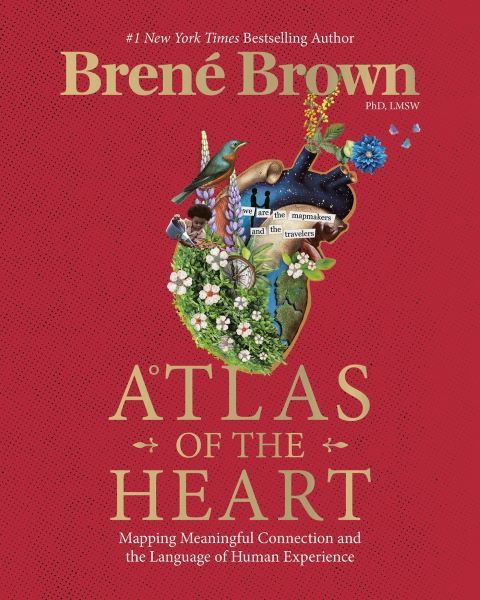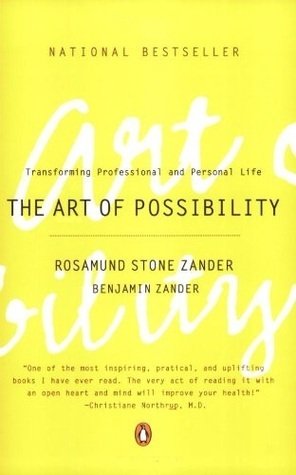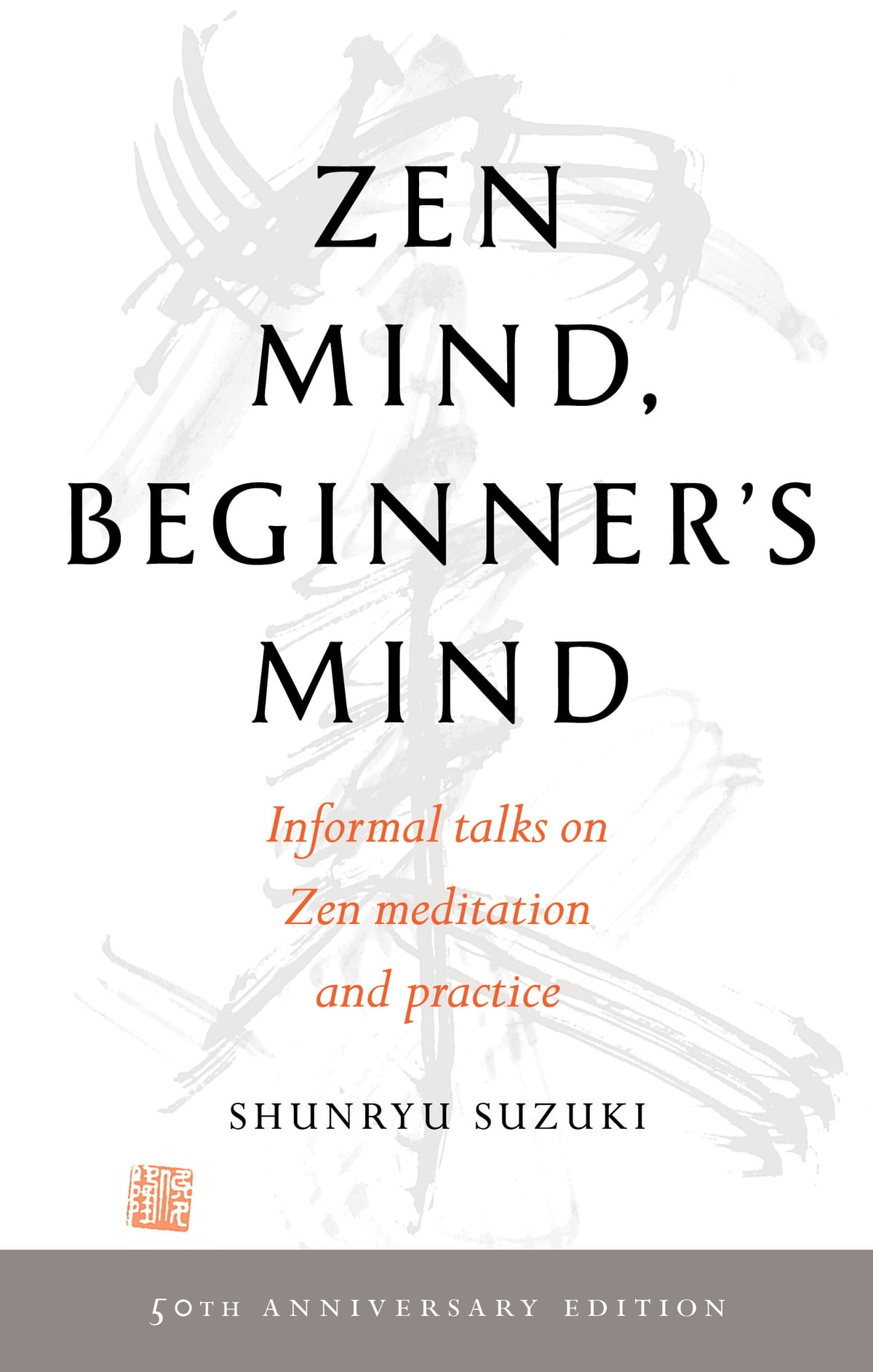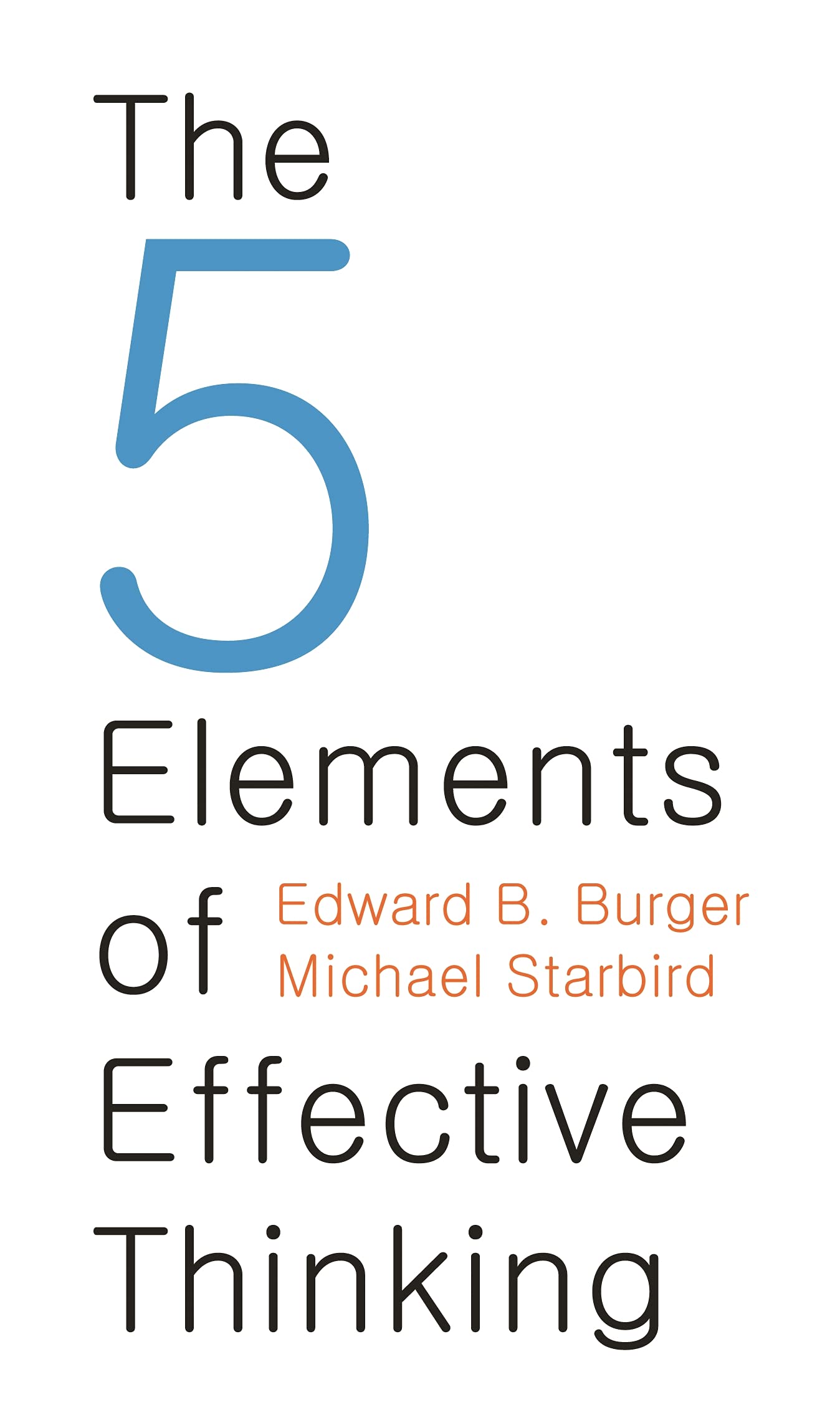Atlas of the Heart
by Brene Brown
- Personal Development
- Ashto =
- Jonesy =

What You Will Learn from Atlas of the Heart
In Atlas of the Heart, Dr Brene Brown takes us on a journey through the 87 emotions and experiences that define the meaning of being human. Drawn from extensive research over the past two decades, Atlas of the Heart provides an overview of the necessary skills and actionable framework for building meaningful connections.
The natural gift of cultivating meaningful connections with others involves having an equally deep relationship with ourselves and being able to explore without the fear of getting lost. Brown hopes that Atlas of the Heart can be the map that guides our adventurous hearts back to our truest selves when we have no idea where we are or where we’re going.
Language is our portal to meaning-making, connection, healing, learning, and self-awareness. When we don’t have the language to share our experiences, our ability to make sense of what’s happening and share it with others is limited. When we don’t regulate or manage our emotions and experiences in a way that allows us to move through them productively, our self-awareness is diminished. Language shows that naming an experience doesn’t give the experience more power; it gives us the power of understanding and meaning. Having the correct words to describe specific emotions makes us better able to identify those emotions in others, as well as to recognise and manage the emotional experiences when we feel them ourselves.
Using an Atlas of the Heart to make meaning out of our emotions
Brene wants to open up that language portal so even more of us can step through it and find a universe of new choices and second chances. A universe where we can share the stories of our bravest and most heartbreaking moments with each other in a way that builds connection. The ability to name this emotion or experience is essential to being able to process it in a productive and healing manner.
Brene Brown grouped the emotions as an Atlas, mapping the emotions out like geographic regions. For example, the places we go when we’re searching for connection include belonging, fitting in, connection, disconnection, insecurity, invisibility, and loneliness. The places we go when it’s beyond us include awe, wonder, confusion, curiosity, interest, and surprise. Places that we go to when life is good include joy, happiness, calm, contentment, gratitude, foreboding joy, relief, and tranquillity.
Places we go when things are uncertain or too much
Stressed
We feel stressed when we evaluate environmental demand as beyond our ability to cope successfully. This includes elements of unpredictability, uncontrollability, and feeling overloaded. Stressful situations cause both physiological (body) and psychological (mind and emotion) reactions. However, regardless of how strongly our body responds to stress (increases in heart rate and cortisol), our emotional reaction is more tied to our cognitive assessment of whether we can cope with the situation than to how our body is reacting. Brene used to think that emotions respond to the body freaking out. But really, emotions are responding to a thinking assessment of how well you can handle something.
Overwhelmed
If feeling stressed is like being in the weeds, feeling overwhelmed is like being blown away. Overwhelming indicates an extreme level of stress and an emotional and cognitive intensity to the point of feeling unable to function. The antidote to this is enjoying a mindful play; having no agenda is the cure for overwhelm. The non-doing makes sense with the body of research. That indicates that we don’t process other emotional information accurately when we feel overwhelmed and this can result in poor decision-making.
Anxiety
The American Psychological Association defines anxiety as an emotion characterised by feelings of tension, worried thoughts, and physical changes like increased blood pressure. Anxiety can be both a state and a trait. A trait is seen as being a characteristic, feature or quality of the individual. A state is a temporary condition that they are experiencing for a short period of time. After the state has passed, they will return to another condition.
The entire premise of this book is that language has the power to define our experiences and there’s no better example of this than anxiety and excitement. Anxiety and excitement feel the same. But how we interpret and label them can determine how we experience them. Even though excitement is described as an energised state of enthusiasm leading up to or during an enjoyable activity, it doesn’t always feel great, we can get the same feeling that we experience when we’re anxious.
Throughout history, anxiety and fear have helped the species survive and thrive. Fear can signal us to act, or alternatively, resist the impulse to act. It can help us to make wise, self-protective choices in and out of relationships where we might otherwise sail mindlessly along, ignoring signs of trouble.
Like all of the experiences in this book, our anxiety and fear need to be understood and respected, perhaps even befriended. We need to pull up a chair and sit with them, understand why they’re showing up, and ask ourselves what there is to learn. Dismissing fear and anxiety as not useful to our quest for connection is as dangerous as choosing to live in constant fear and anxiety.
Places we go when things do not go as planned
Disappointment
Unexamined and unexpressed emotions
When we develop expectations we paint a picture in our head of how things are going to be and how they’re going to look. However, we set expectations based not only on how we fit in that picture but also on what those around us are doing in that picture. This means that our expectations are often set on outcomes totally beyond our control. The movie in our mind is wonderful, but no one else knows its parts, its lines, or what it means to us. When the picture or movie fails to play out in real life, we feel disappointed.
Examined and expressed expectations
Sometimes our expectations are realistic, clearly communicated, and self-aware. Self-aware means not unconsciously trying to get needs met without directly asking for what we need. We may understand the reason behind the expectation. But when we are intentional and thoughtful about our expectations and things don’t turn out how we thought they would, disappointment still hurts. So when someone shares their hopes and dreams with us, we are witnessing deep courage and vulnerability. Celebrating their successes is easy but when disappointment happens, it’s an incredible opportunity for meaningful connection.
Regret
Both disappointment and regret arise when an outcome was not what we thought would happen. With disappointment, we often believe the outcome was out of our control. With regret, we believe the outcome was caused by our decisions or actions. According to Brene, what we regret most are our failings of courage–whether it’s the courage to be kinder, to show up, or to say how we feel. To set boundaries, to be good to ourselves, to say yes to something scary.
Places we go when we fall short
Shame
Shame is universal and one of the most primitive emotions that we experience. The only people who don’t experience it are those who lack the capacity for empathy and human connection. Shame is the intensely painful feeling or experience of believing that we are flawed and therefore unworthy of love, belonging, and connection. The antidote to shame is empathy. If we reach out and share our shameful experience with someone who responds with empathy, shame dissipates. Self-compassion also helps us move through shame. Shame is the way I see myself through someone’s eyes. Self-compassion is often the first step to healing shame–we need to be kind to ourselves before we can share our stories with someone else.
The Four Elements of Shame Resilience
- Recognizing shame and understanding its triggers
- Practising critical awareness
- Reaching out
- Speaking shame
Places we go when we compare
Comparison
Comparison is actually not an emotion but it drives all sorts of big feelings that can affect our relationships and self-worth. More often than not, the social comparison falls outside of awareness. We don’t even know we’re doing it. This lack of awareness can lead us to show up in ways that are hurtful to ourselves and others. The goal is to raise our awareness about how and why they happen so we can name them, think about them, and make choices that reflect our values and our heart.
Comparison is the crush of conformity from one side of competition from the other. It’s trying to simultaneously fit in and stand out. But the good news is that we get to choose how we’re going to let it affect us. If we don’t want this constant automatic ranking to negatively shape our lives, relationships, and future. We need to stay aware enough to know when it’s happening and what emotions are driving it.
Admiration and reverence
We feel admiration when someone’s abilities, accomplishments, or character inspires us. Interestingly, admiration often leads us to want to improve ourselves. It doesn’t however make us want to be like the person or thing we admire – we just want to be a better version of ourselves. Reverence – which is sometimes called adoration, worship, or veneration – is a deeper form of admiration or respect and is often combined with a sense of meaningful connection with something greater than ourselves.
Envy and jealousy
Envy occurs when we want something another person has. Jealousy is when we fear losing a relationship or a valued part of a relationship that we already have. Envy typically involves two people and occurs when one lacks something enjoyed by another. The target of envy may be a person or a group of persons, but the focus of envy is that one lacks something compared with a specific target, whether it be a target individual or a group. Jealousy typically involves three people and occurs when one fears losing someone to another person. Envy and jealousy result from different situations, generate distinct appraisals and produce distinctive emotional experiences.
Resentment
Understanding resentment – how it works, where it comes from, and how to stay out of it – is a lifelong struggle. This is not easy for everyone to share. Research shows that unwanted identity is the most powerful elicitor of shame. If you want to know what’s likely to trigger shame for you, just fill in this sentence: ‘It’s really important for me not to be perceived as ___.’
Resentment is the feeling of frustration, judgement, anger, ‘better than’ and/or hidden envy related to perceived unfairness or injustice. It’s an emotion that we often experience when we fail to set boundaries or ask for what we need. Or when expectations let us down because they were based on things we can’t control.
Conclusion of Atlas of the Heart
One of the greatest lessons of Brene’s life came from her mum: ‘Don’t look away. Don’t look down. Don’t pretend to see hurt. Look people in the eye. Even when the pain is overwhelming. And when you’re hurting and in pain, find the people who can look you in the eye.’
Our connection with others can only be as deep as our connection with ourselves. If we don’t know and understand who we are, we can’t share ourselves with others. Atlas of the Heart is a guide to help us connect to ourselves in our own bodies and learn what makes us work. This is how we can start developing grounded confidence.








